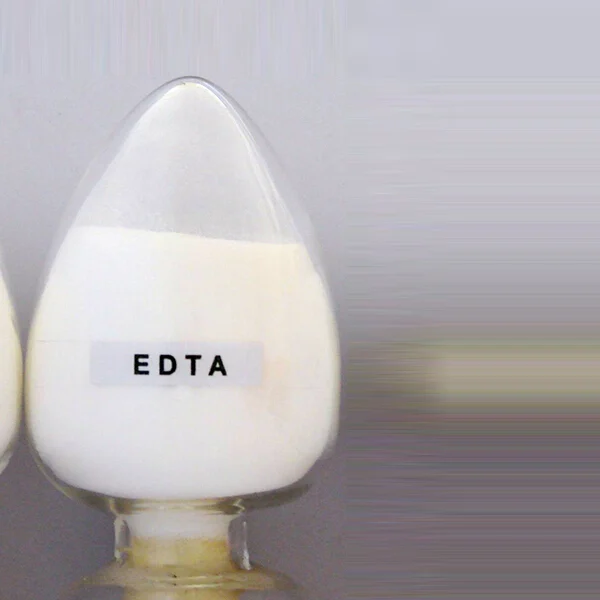
News
joulu . 21, 2024 13:15 Back to list
Exploring High-Quality Polyglutamic Acid Types and Their Benefits for Skincare
High-Quality Typology of Polyglutamic Acid
Polyglutamic acid (PGA) has garnered significant attention in both scientific and industrial fields due to its unique biochemical properties and applications. As a naturally occurring biopolymer, PGA is a form of glutamic acid composed of multiple glutamate units linked by peptide bonds. This article aims to delve into the high-quality typology of polyglutamic acid, exploring its structure, synthesis, properties, and diverse applications.
Structure and Synthesis
Polyglutamic acid is a linear polypeptide consisting primarily of D- and L-glutamate residues. The molecular weight of PGA varies significantly based on its polymerization degree, leading to various structural forms that exhibit different physical and chemical behaviors. Generally, PGA is categorized into two distinct types short-chain PGA with a lower molecular weight, and long-chain PGA, which possesses a higher molecular weight. The latter tends to exhibit enhanced water solubility and viscosity properties.
The synthesis of PGA can be accomplished through several methods. Microbial fermentation is one of the most common approaches, involving the use of certain strains of bacteria, such as *Bacillus subtilis*, which can naturally produce PGA. This method offers several advantages, including the ability to produce high yields in a relatively short time frame and under environmentally friendly conditions. Furthermore, synthetic methods can be employed to create PGA with specific characteristics tailored for particular applications.
Properties
Polyglutamic acid is renowned for its exceptional hydrophilicity, biocompatibility, and biodegradability. These properties make PGA an attractive candidate for various applications in pharmaceuticals, cosmetics, agriculture, and food industries. It has an intrinsic ability to retain moisture, making it a critical ingredient in skincare products. Additionally, PGA's high water absorption capacity enhances skin hydration, which is particularly beneficial for products targeting dryness and aging.
Moreover, PGA exhibits excellent emulsifying and stabilizing properties, which are valuable in food processing and cosmetic formulations. Its capability to form gels further enhances its utility as a thickening agent, offering the ability to improve the texture and consistency of liquid products.
high quality typology polyglutamic acid

Applications
1. Cosmetics and Skincare One of the most prominent applications of polyglutamic acid lies in the cosmetics industry. Due to its superior moisture retention properties, PGA is often included in serums, creams, and masks aimed at hydrating the skin. It is also known to create a protective barrier on the skin, preventing moisture loss and promoting a healthier complexion. Additionally, its biocompatibility minimizes the risk of irritation, making it suitable for sensitive skin.
2. Pharmaceuticals In the pharmaceutical sector, PGA’s biocompatibility and biodegradable nature make it an ideal candidate for drug delivery systems. Researchers are exploring its potential to encapsulate drugs and enhance their solubility and bioavailability. This capability is particularly advantageous for poorly soluble compounds, where PGA can enhance absorption and therapeutic effectiveness.
3. Agriculture Polyglutamic acid has gained traction in agricultural applications, particularly as a soil conditioner and water-retaining agent. Its ability to hold water significantly aids in improving soil moisture retention, leading to better crop yields, especially in arid regions. Furthermore, PGA can be utilized in controlled-release fertilizers, ensuring that nutrients are delivered to plants in a timely and efficient manner.
4. Food Industry In food processing, PGA acts as a thickening or gelling agent, enhancing the texture of various products. Moreover, its functionality as an emulsifier can improve the stability of food emulsions, contributing to better shelf-life and enhanced overall quality.
Conclusion
Polyglutamic acid represents a remarkable example of bio-based materials with multifaceted applications due to its unique properties. The high-quality typology of PGA not only highlights its structural variability and synthesis methods but also underscores its significance across various industries, from cosmetics to pharmaceuticals and agriculture. As research continues to uncover more applications, PGA is poised to become an increasingly essential component in the development of sustainable and effective products, promoting a greener future.
-
OEM Chelating Agent Preservative Supplier & Manufacturer High-Quality Customized Solutions
NewsJul.08,2025
-
OEM Potassium Chelating Agent Manufacturer - Custom Potassium Oxalate & Citrate Solutions
NewsJul.08,2025
-
OEM Pentasodium DTPA Chelating Agent Supplier & Manufacturer High Purity & Cost-Effective Solutions
NewsJul.08,2025
-
High-Efficiency Chelated Trace Elements Fertilizer Bulk Supplier & Manufacturer Quotes
NewsJul.07,2025
-
High Quality K Formation for a Chelating Agent – Reliable Manufacturer & Supplier
NewsJul.07,2025
-
Best Chelated Iron Supplement for Plants Reliable Chelated Iron Fertilizer Supplier & Price
NewsJul.06,2025
